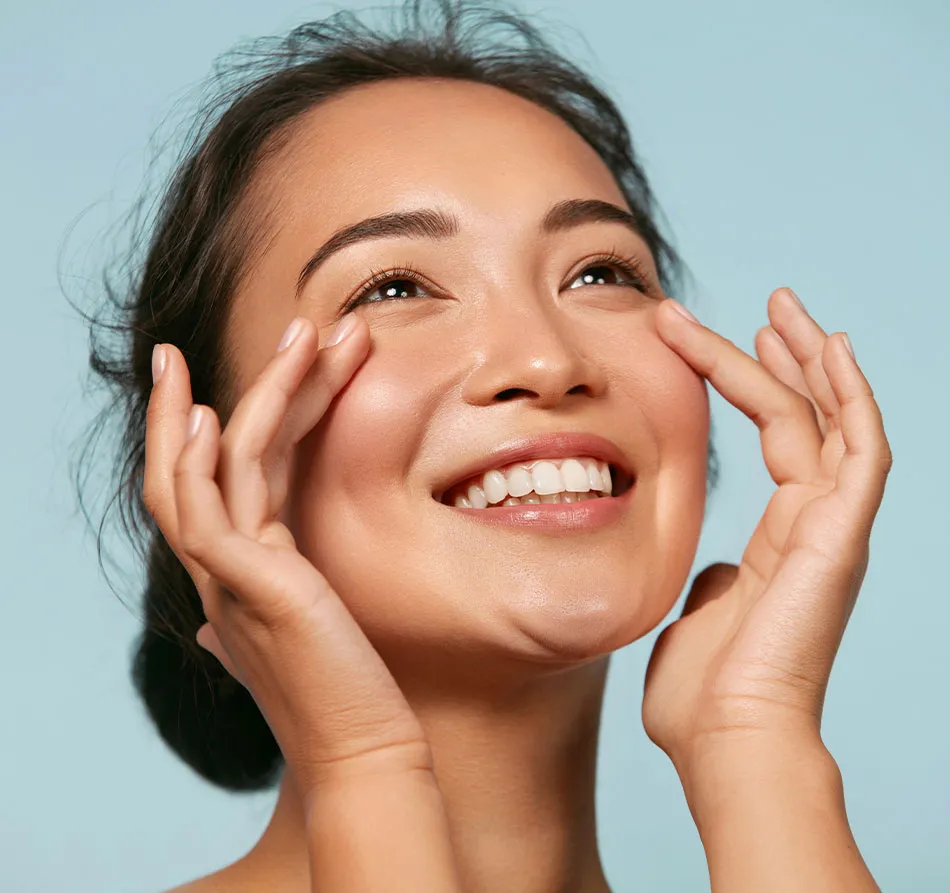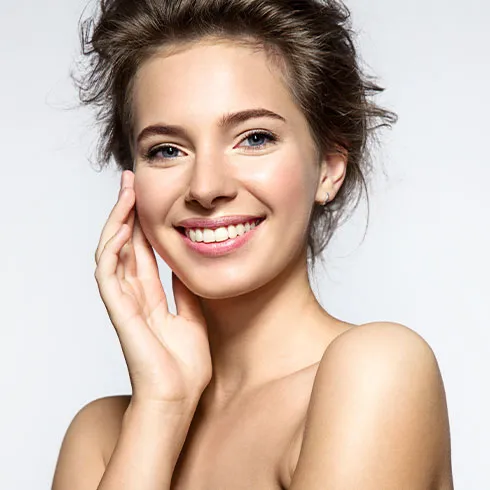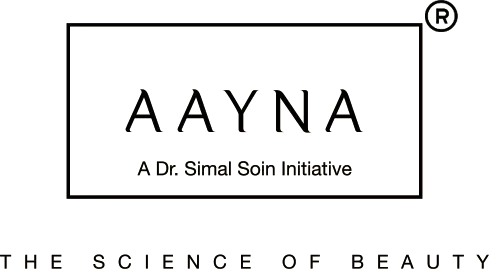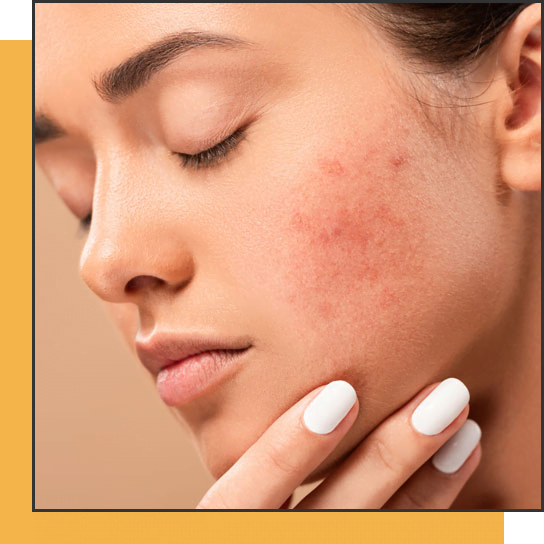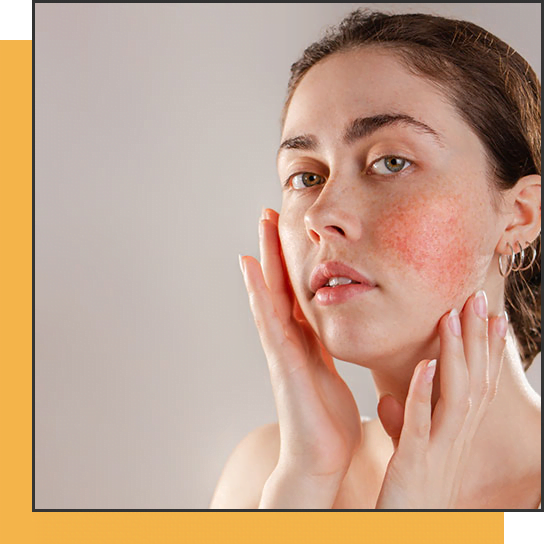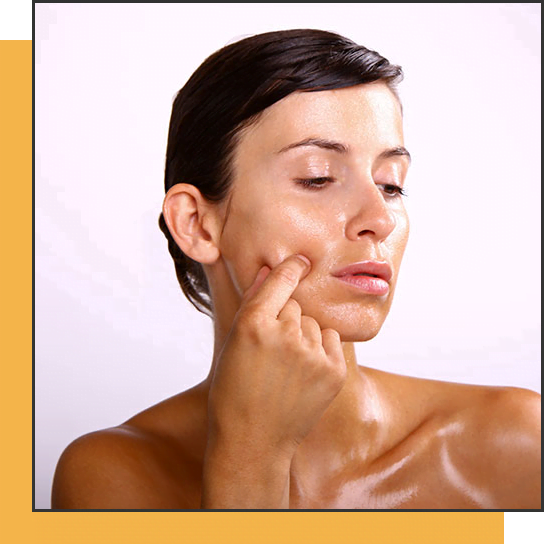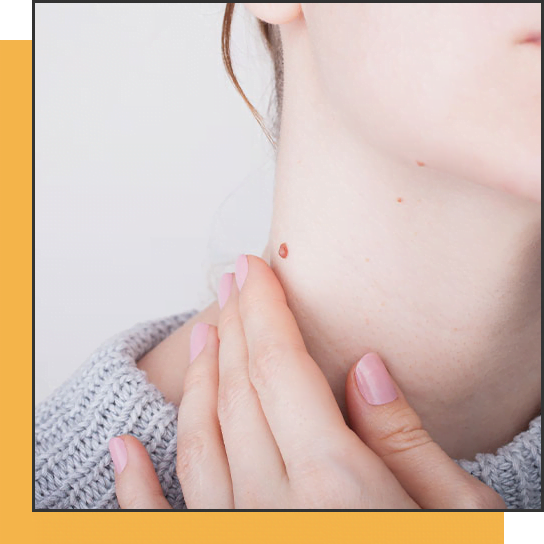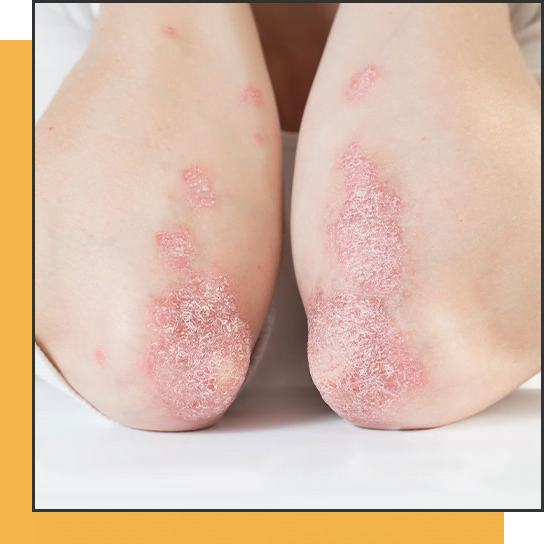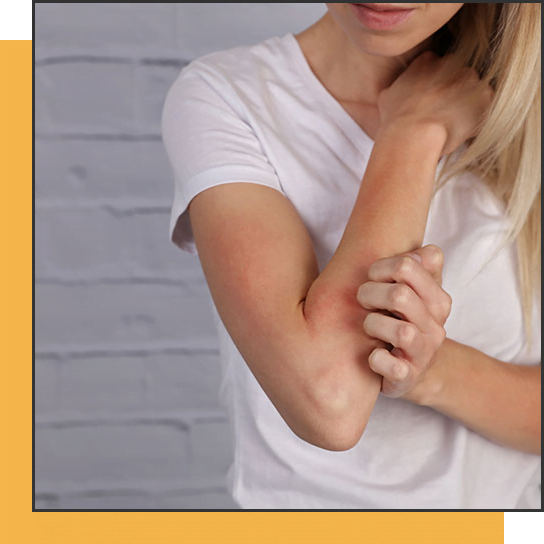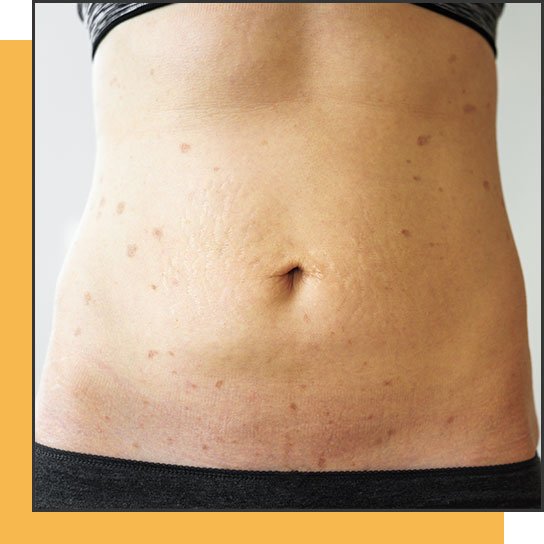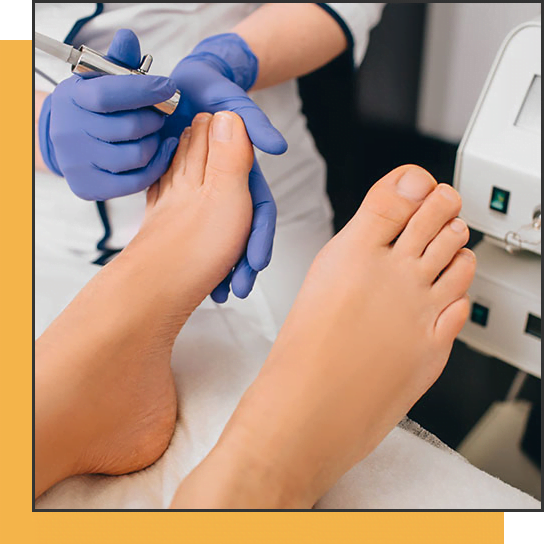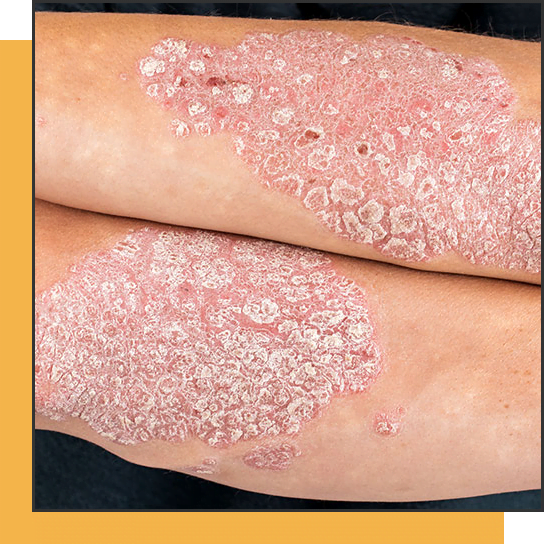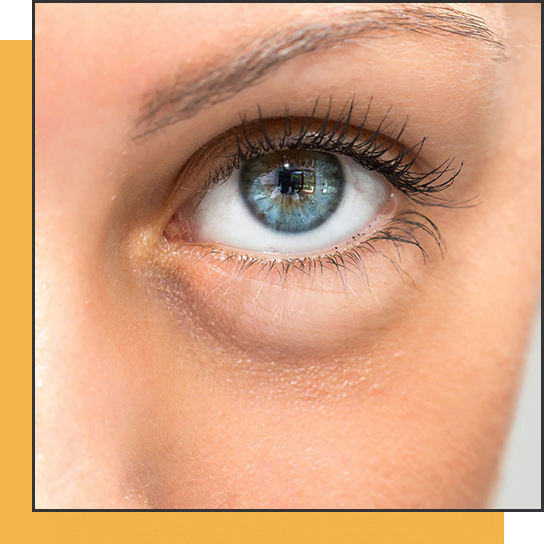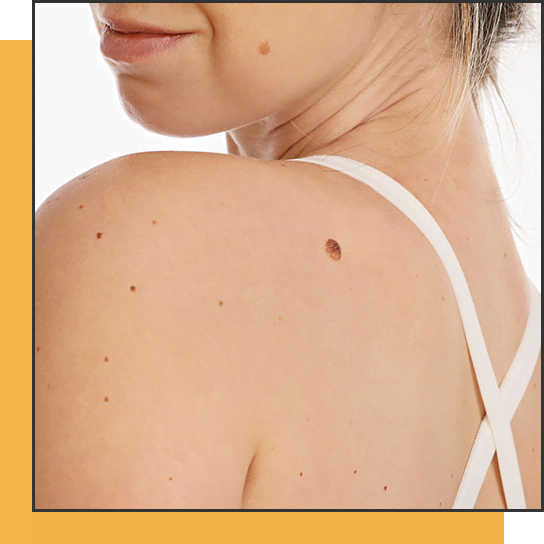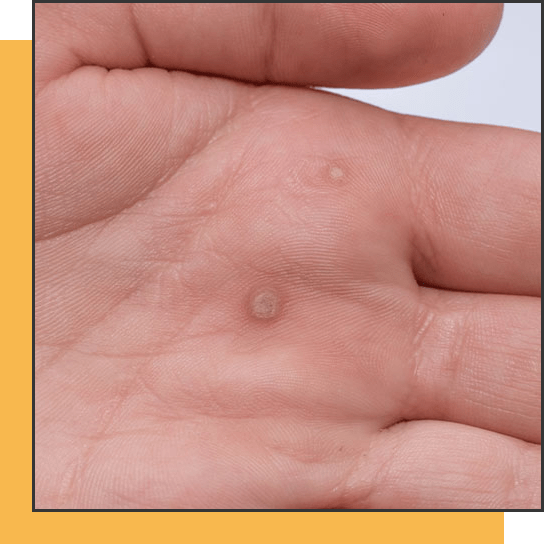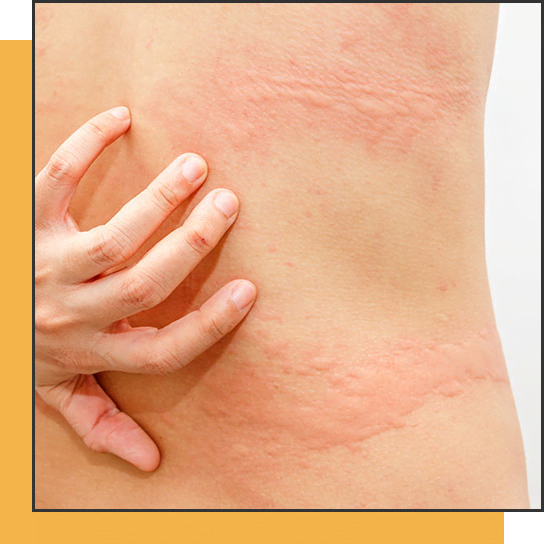Skin Treatment
April 17, 2024
The skin is the largest organ of our body. It serves as a protective barrier between the delicate interiors of our body and the external environment. It helps regulate body temperature and acts as the first filter. Our skin undergoes a constant cycle of growth, with new cells replacing the dead skin cells. Healthier skin is better able to fight the signs of ageing, heals much faster and staves off potential disease better than unhealthy skin. It takes a lifetime of regular skincare to achieve beautifully healthy skin. Our expert team of doctors and aestheticians have helped a huge number of clients deal with their concerns and achieve skin that is naturally glowing and healthy inside-out with the help of acne treatments, lichen planus treatments, open pores treatments and more.

